The Drinking Water Research Group’s annual event helps to share current and future research with stakeholders.
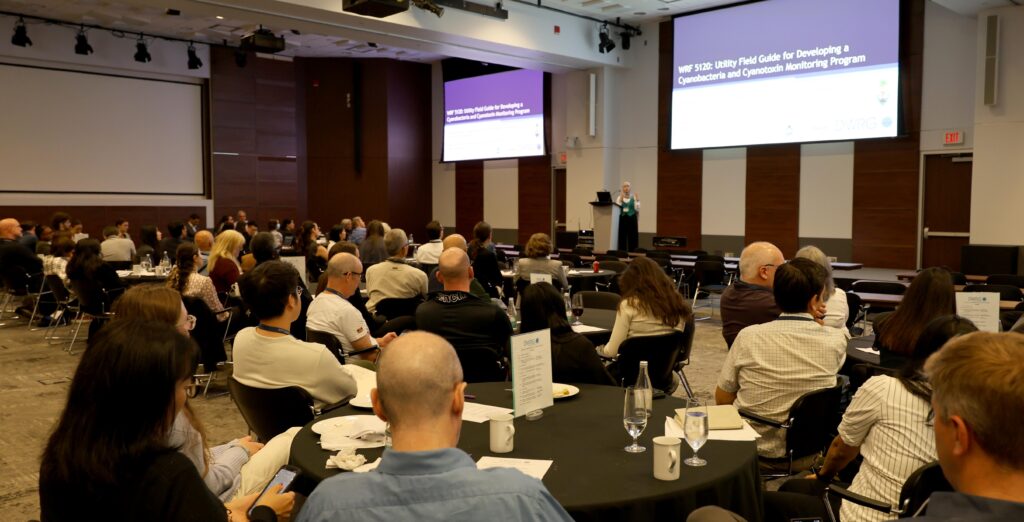
Water, water, everywhere. But is it safe to drink? Can we provide better-quality water to the public? Should we be monitoring for substances we didn’t look for before? Can we help with taste and smell? These, and other burning questions related to drinking water, are addressed and shared every year amongst U of T researchers and stakeholders. The annual event, held most recently at MaRS on June 4, was hosted by CivMin’s Drinking Water Research Group (DWRG) Professors Robert (Bob) Andrews, Susan Andrews and Ron Hofmann.
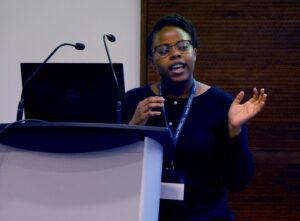
“This is our annual technology transfer event where we invite all of our partners from industry involved in drinking water treatment, so we can showcase the research we’ve been doing for them.” explains Prof. Bob Andrews. The appeal to attend the event is strong and garners many from municipalities within driving distance, “Typically, we have between 75 and 100 attendees, mostly from Southern Ontario. Our keynote speaker came all the way from Denver to be at this event.”
Prof. Susan Andrews highlights the long history of the event, and its wide appeal, in bringing drinking water expertise together. “Usually there’s between seven and 10 municipalities, with about 100 people attending. I think this is the 17th one. We were able to keep it going through the pandemic remotely; now we’re very, very happy to be in person again. The in-person interactions are very key. And everybody, even though they’re from various municipalities, are very interested to talk to each other.”
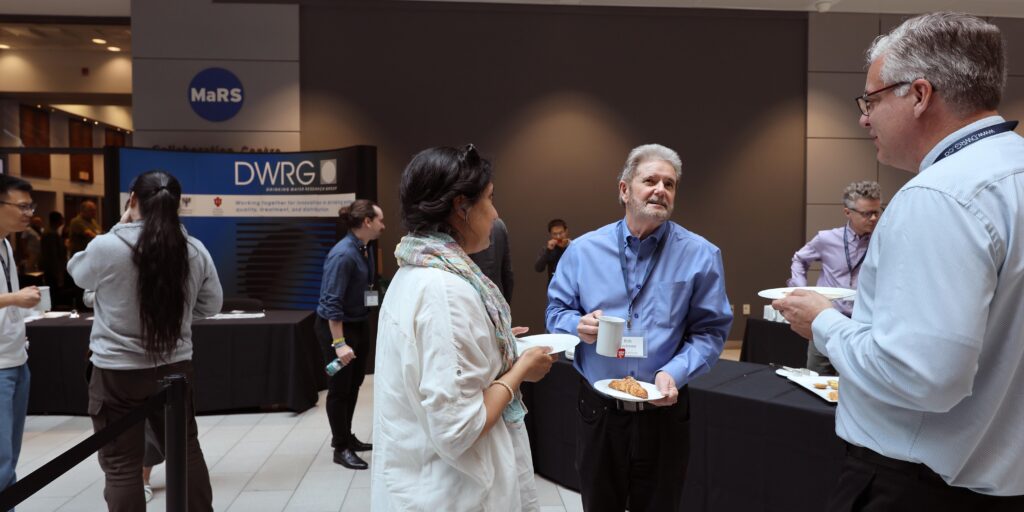
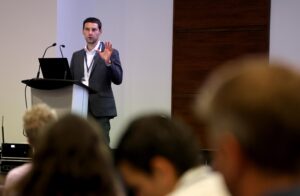
“It’s great to see industry working together with academia so strongly. There’s a lot of enthusiasm from the industry partners to work with the U of T personnel and students.” Prof. Hofmann shares.
Conner Murray, a Principal Engineer for Hazen and Sawyer and keynote speaker for the event, addressed emerging contaminants and how it may spur the next generation of water treatment. Murray gave a glimpse into some of the possible future directions for drinking water research and its treatment solutions.
“It’s great to hear about the different work the students in our group have been collaborating on, and the partners as well. It’s great to meet them in person to see where the funding comes from,” offers Sophia Briskin (CivMin MASc student).
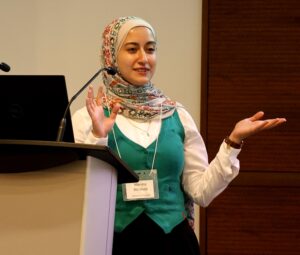
Menna Alnahas (CivMin PhD student), a presenter at the event, offered their perspective as a researcher in their fifth year, “It’s a really great day. I think it showcases most of the work in the group. As well, I get to present my work to a lot of our utility partners who have been helping me all along, so kind of a thank you to people.”
“It’s a good opportunity [for U of T research students] to connect with potential employers. My work is focused on harmful algal blooms and cyanobacteria and toxins, and my talk today is about a guide that we have recently published earlier this year that mainly talks to the utilities, guiding them through their monitoring and program planning,” adds Alnahas.
Illustrating the reach the DWRG’s research, as well as past researchers, has within the field, Prof. Bob Andrews reflects, “Many of our people are alumni who are now currently working with the water utilities we’re also doing research for. So it’s a really, really endearing event from that perspective.”